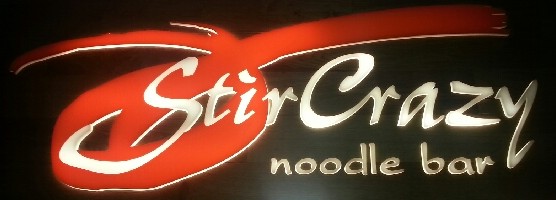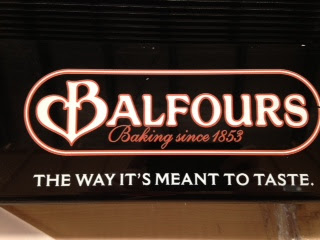Backlit signage generally falls into 3 categories depending on the material used - backlit vinyl, printed media and illuminated acrylic faces. There are some phenomena of light which must be taken into account while constructing a backlit signage. These phenomena generally occur simultaneously when light hits a surface and can significantly affect visual quality of a signage. The most influencing ones have been discussed below, have a look:
Reflectance -
This is very first phenomena that can take place as soon as visible light falls on a surface is reflectance, which occurs usually from the sun or some other source of ambient light. Reflectance may either be diffusive or specular, some properties of which are present in most materials. Specular gloss is essentially light which gets reflected from the surface at an angle opposite to the one of incidence. Surfaces with a smooth finish, such as Perspex signage, usually have a more glossy or specular component.
Transmission -
Transmission usually takes place when visible light enters a surface, then bounces around before leaving via opposite surface at a random angle. This phenomenon generally occurs with materials that are transparent, like signage made out of Perspex. However, it does not take place in opaque materials like vinyl due to the high density of their constituent particles.
Absorption -
This phenomenon occurs if light enters a surface and bounces around, raising the level of energy in the process. When neutral white light gets reflected by or passes through a coloured substance, a characteristic part of combined of mixed wavelengths gets absorbed. The residual portion then assumes colours complementary to that of the wavelengths previously absorbed.
In addition to the above mentioned phenomena, there is the wavelength which also plays a significant role during construction of backlit signage. Neutral light usually emits all over the visible spectrum across a varying wavelength range. On the other hand, coloured neon tubes or LEDs do the same thing across a very narrow spectrum range.
Thus, all these factors and phenomenon will have to be taken into account at the time of building illuminated signage. They will greatly influence the choice of material, type of illumination used and design of the overall product. In some applications, the phenomena of reflectance, absorption and transmission might be advantageous. Whereas in other systems, they might not be so productive and beneficial. Therefore, their effect must be studied carefully in order to achieve the best results.


Hey,
ReplyDeleteThis is Hadiya Barakahea From Sharjah UAE,
First of all thank you for amazing article, Please tell me you also do graphic designing ? because i want outdoor backlit vinyl dubai for my beauty parlor shop which is in sharjah my self tried designing it but failed with bad quality please get back to me if you are designer or arrange any good designer for me any freelancer designer will be fine, I will be waiting for your reply,
Thanks
Hadiya